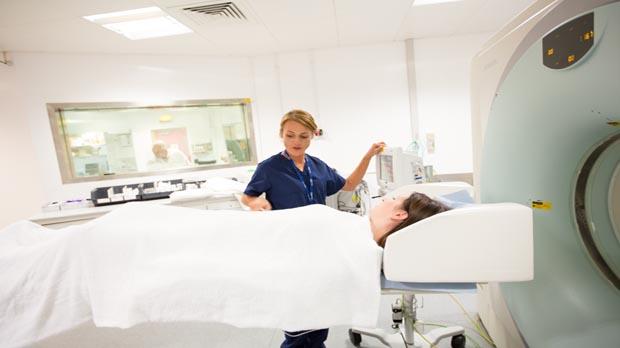
Around 1 in 5 people diagnosed with cancer in the UK take part in a clinical trial.
This trial was looking at thalidomide for diffuse large B cell non Hodgkin lymphoma (DLBCL).
Doctors usually treat high grade non Hodgkin lymphoma with chemotherapy, or possibly high dose chemotherapy and stem cell transplant. But sometimes the disease comes back, even after a transplant. So doctors continue to look for new and better treatments.
The aim of this trial was to see if thalidomide could help people with diffuse large B cell lymphoma
The researchers found that thalidomide used on it’s own helped some people with DLBCL but the effect did not last very long.
The study recruited 18 people. Everybody taking part had thalidomide. They had a low dose for one week, then the dose was increased for the next few weeks. After a month, the dose was increased again.
The researchers looked at how the lymphoma had responded after 12 weeks.
Unfortunately, when thalidomide did help people, the response did not last very long. After a little less than 6 months (24 weeks), only 2 out of the 5 people whose disease had got better or remained the same after treatment still had stable disease.
The most common side effects were tiredness (fatigue), skin rash, constipation, feeling sick, feeling sleepy and problems with numbness and tingling (peripheral neuropathy).
As thalidomide helped some people in this study when it was used on it’s own, the researchers suggested that future trials could look at giving it at the same time as other drugs for this type of lymphoma.
We have based this summary on information from the team who ran the trial. As far as we are aware, the information they sent us has not been reviewed independently ( ) or published in a medical journal yet. The figures we quote above were provided by the trial team. We have not analysed the data ourselves.
) or published in a medical journal yet. The figures we quote above were provided by the trial team. We have not analysed the data ourselves.
Please note: In order to join a trial you will need to discuss it with your doctor, unless otherwise specified.
Dr Chris Hatton
Dr A. Peniket
Prof Siow Ming Lee
Dr Paul Nathon
Bloodwise
NIHR Clinical Research Network: Cancer
University College London (UCL)
If you have questions about the trial please contact our cancer information nurses
Freephone 0808 800 4040

Around 1 in 5 people diagnosed with cancer in the UK take part in a clinical trial.